Therapy for burnout
Living in our modern busy world leaves little time to cultivate any time to de-stress, escape our numerous responsibilities (work, commute, family etc) and just switch off. Our minds are continuously firing with pre-occupations, the to-do list, anxieties and a silent schedule that we repeat day in day out. Out with our daily routines our mobile phones ping at us and we get lulled out of our physical world into a technological one. Here we don’t necessarily find rest, but distraction which can suck away at our most precious commodity - time. Before we know it, we enter into the same loop the next day feeling tired, stressed and unsatisfied.
“When we feel as if we need to power through an experience or that we need to suffer to see results, we stress the system and move into one of the survival states”
As a society we are very cognitive and give little regard to our bodies that work silently in the background. Eventually the body will remind us that it is there through aches and pains, tiredness and even physical illness, but we often block out the signals, or quieten them with medication to allow us to keep going - it’s not possible to step out of our routine that moves us with a never ending momentum - there is too much at stake, too many complications…..and so we surrender to it and get carried along.
How often do we use the phrase “I don’t have the headspace”? Not only do we need headspace, we need “bodyspace” too. The body stores and carries untold quantities of repressed emotional stress and trauma, often caused from early experiences and a lack of safe, unconditional connection with others which is often the underlying cause of illness and chronic conditions. This has been well documented by experts such as Dr. Bessel Van Der Kolk, Dr. Gabor Mate and Dr. Peter Levine to name a few. Traditional healthcare is not always best placed to dig down to the root causes, and instead uses a band-aid to plug the emotional wounds or worse, silence them so that we don’t pay attention to them anymore. Less trauma informed approaches such as CBT aim to help us shift our thoughts around the problems that we are experiencing, but trauma informed somatic therapy works in conjunction with the body to safely release the stuck trauma in the body and pave a way towards true healing.
The recent discovery of Polyvagal Theory has provided a novel approach to managing our wellbeing. Just one long nerve called the vagus nerve, connects the brain with all of the organs in the body and can modulate how we feel from moment to moment. Despite much of the nervous system being an automatic, unconscious action, we can use simple techniques to influence its function. Remarkably, daily exercises can shift a person either trapped in cycles of anxiety or long stints of feeling low, into a more open, peaceful, playful and present person. In addition the body and its organs start to function more efficiently and even immunity is boosted.
The deeper, soulful transformation comes, I feel, when we combine regulation of the nervous system in addition to somatic, trauma informed therapy. That’s not to say that we need to dig into every trauma that you have ever experienced, but by understanding your past experiences and triggers we can glean valuable insight into how you feel and act now in your present. Being with a therapist that can hold the difficult emotions that can surface can help move them through you and finally release them. Never underestimate the value of being truly seen and heard - it is powerful!
Furthermore, we can provide a range of modalities to help work with your trauma and deeply programmed beliefs. For example Bi-lateral processing (more commonly known as EMDR) can help shift distressing memories into the memory bank where it no longer produces the emotional effect in the body, and Parts therapy (or Internal Family Systems) can help us talk to the parts of you that you would rather ignore or not deal with. Also known as Shadow parts, these parts hold a lot of information about us that we push away, such as a seemingly hostile inner critic, an addictions part or a part that feels shame to name but a few. However, if we get to understand what really drives these parts of the psyche we can embrace the emotions that feel too much or too hard and help transform them. Imagine re-parenting the scared inner child that just wants to be understood and given the love and compassion it never received or helping an Inner critic to be a lot less harsh. This can be deeply healing.
Once you have transcended the deep parts of your psyche and experiences, it can be relieving to know that you can then begin to work on following your passions and joys. What is it that really drives you? Motivates you? or brings you incredible joy? Was there something that you really fancied trying that you never did? Or something you once pursued in your childhood that you had to give up as you entered into a more complex adult world? It is so moving to watch clients emerge as their true selves and start a new chapter of their lives, able to hold and work with the inevitable challenges that life will continue to throw at them.
Effective therapy has no downside, and if you are keen to know more about how this style of therapy could work for you, please either follow me on Instagram @inbracetherapy or book a free session with me here for more information.

